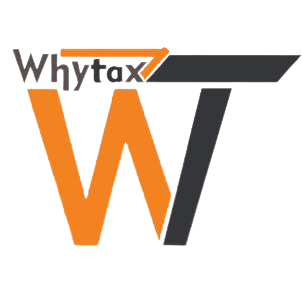CII or Cost Inflation Index is notified under the Income Tax Act, 1961’s Section 48. CII is a way to calculate inflation, that is, an estimated increase in the price of a good or service over the years. The Central Government takes care of and publishes the index in the official gazette. Usually, for the calculation of CII, gains on long term capital are taken into account. Any person who is selling real estate, shares, or jewellery that is owned by him/her, needs to pay income tax on gains. Such gains are taxed under the head ‘capital gains’ that arise out of such sale. Capital gains is nothing but profit on sale of capital assets. Capital assets are defined to include real estate, stocks, shares, bonds, and jewellery.
What is the concept of the base year
At present, the base year is fixed at 2001 and CII for the base year starts at 100 and keeps increasing every year. Further, a taxpayer is allowed to claim a deduction of the indexed cost of improvement incurred from base year onwards as FMV is considered as on the starting day of the base year itself accounts for cost of improvement undertaken prior to base year.
How does Cost Inflation Indexation Work?
We know that, due to inflation, the capital asset prices are likely to increase from the time of purchase to the time of sale. Thus, the selling of assets will most likely increase the net worth of the owner as the sale price is higher than the purchase price. As we know, the government levies tax on the sale or purchase of property, the assessee is forced to pay much more tax than required due to inflation.
Here, Cost Inflation Indexation comes into the picture as it adjusts purchase price according to the sale price which is increased due to inflation.
For Indexation of Long Term Capital Assets
To calculate the indexed cost of asset acquisition,
Indexed Cost of Asset Acquisition = (CII at the time asset was sold X Cost of Acquisition) / CII at the time asset is possessed
To calculate indexed cost of asset improvement,
Indexed Cost of Asset Improvement = CII at the time asset was sold X Cost of Asset Improvement) / CCI at the time improvement is made
CASE :-X purchased a capital asset in FY 1997-1998 for Rs. 3,00,000. FMV of the capital asset on 1st April 2001 was Rs. 4,15,000. X sells the asset in FY 2019-20. What is the indexed cost of acquisition?
Here, the asset is purchased before the base year.
Hence the cost of acquisition = Higher of the actual cost or FMV on 1st April 2001. i.e. cost of acquisition = Rs. 4,15,000.
CII for the year 2001-02 and 2019-20 is 100 and 289 respectively.
Indexed cost of acquisition = 4,15,000 x 289/100 = Rs. 11,99,350
Points to Remember About CII India
At the time of the cost of inflation calculation, the following points should be kept in mind:
-
During the finding of property in the will of the assessee, CII at the time of receiving is considered
-
Indexation is not viable from before 1st of April, 2001
-
Index benefits are applicable on capital indexation bonds or sovereign gold bonds, but not on bonds or debentures.
As per Notification no. 62/2022, dated 14-06-2022 following table should be used for the Cost Inflation Index :-
| Sl. No. | Financial Year | Cost Inflation Index |
| (1) | (2) | (3) |
| 1 | 2001-02 | 100 |
| 2 | 2002-03 | 105 |
| 3 | 2003-04 | 109 |
| 4 | 2004-05 | 113 |
| 5 | 2005-06 | 117 |
| 6 | 2006-07 | 122 |
| 7 | 2007-08 | 129 |
| 8 | 2008-09 | 137 |
| 9 | 2009-10 | 148 |
| 10 | 2010-11 | 167 |
| 11 | 2011-12 | 184 |
| 12 | 2012-13 | 200 |
| 13 | 2013-14 | 220 |
| 14 | 2014-15 | 240 |
| 15 | 2015-16 | 254 |
| 16 | 2016-17 | 264 |
| 17 | 2017-18 | 272 |
| 18 | 2018-19 | 280 |
| 19 | 2019-20 | 289 |
| 20 | 2020-21 | 301 |
| 21 | 2021-22 | 317 |
| 22 | 2022-23 | 331 |
